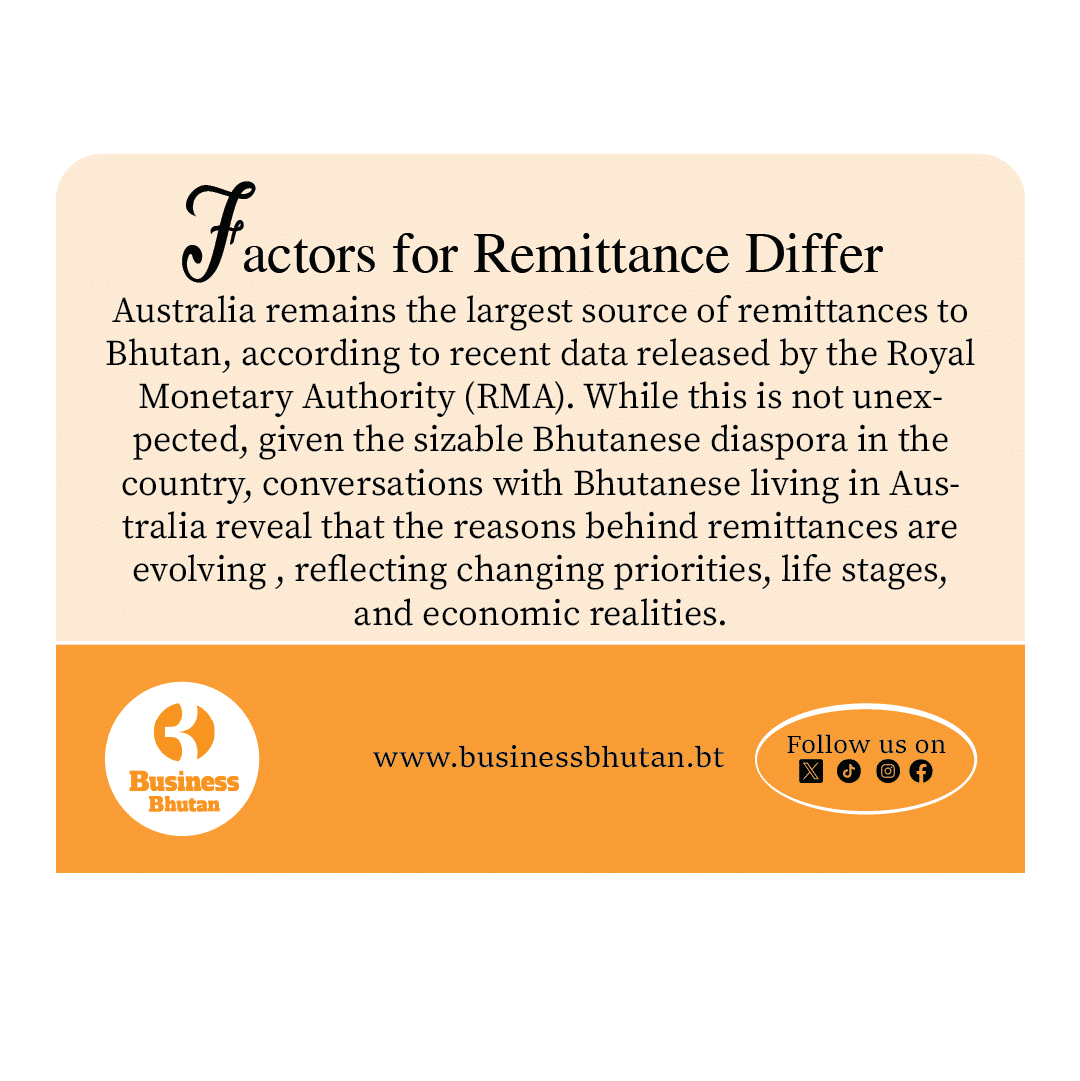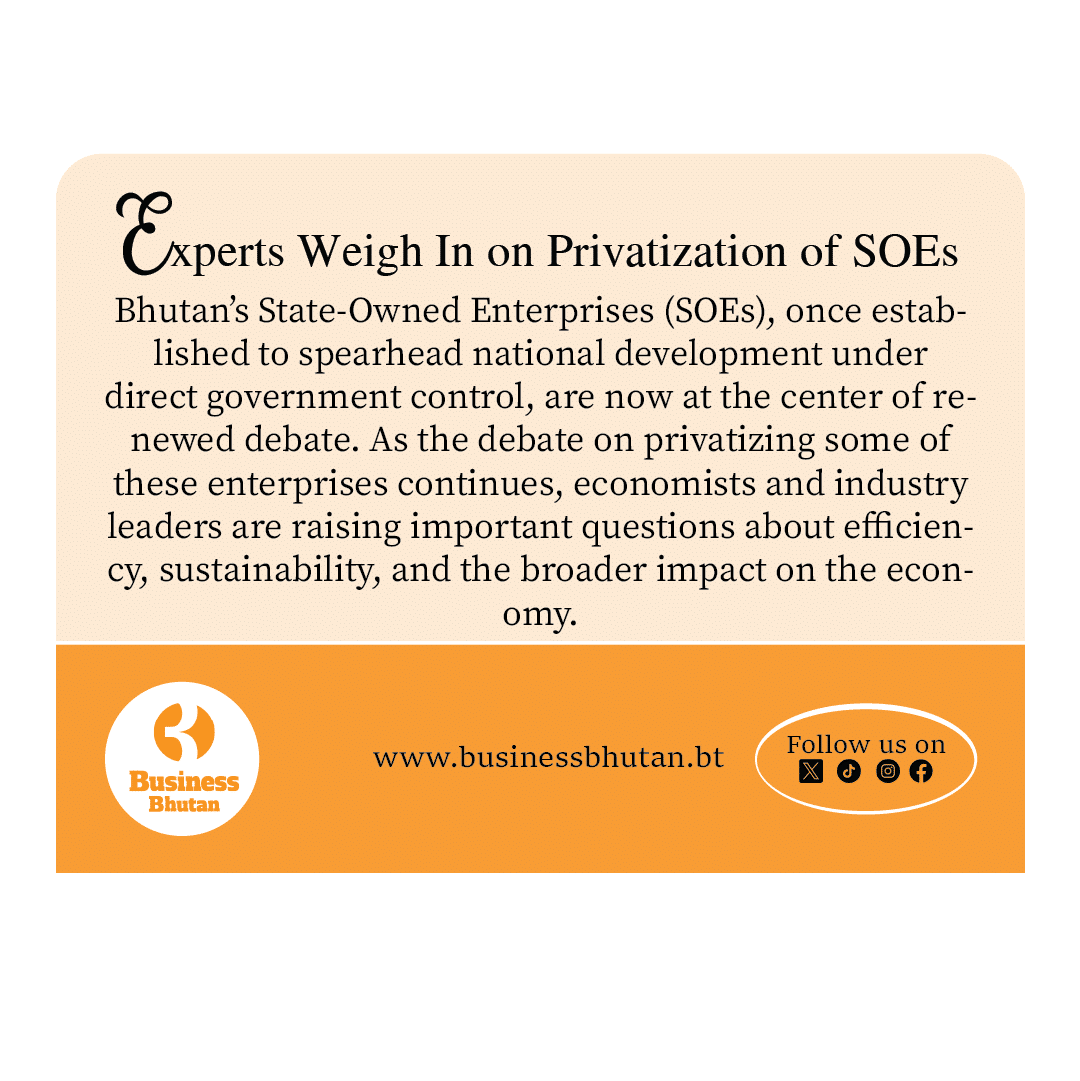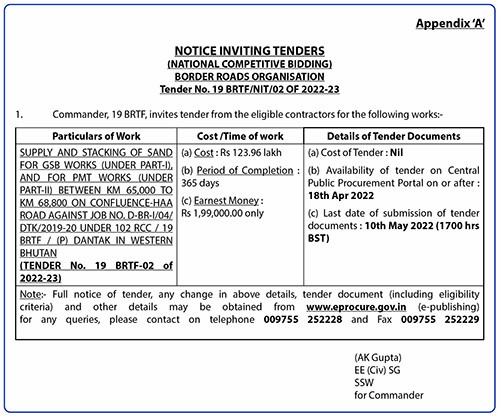Australia remains the largest source of remittances to Bhutan, according to recent data released by the Royal Monetary Authority (RMA). While this is not unexpected, given the sizable Bhutanese diaspora in the country, conversations with Bhutanese living in Australia reveal that the reasons behind remittances are evolving , reflecting changing priorities, life stages, and economic realities.
For many Bhutanese living in Australia, sending money home remains a monthly obligation, but the purposes have shifted. Chimi, a former civil servant now based in Canberra, explains, “Earlier, many of us sent money primarily to buy property, land, houses, and buildings. I myself used to remit money to pay off loans I had taken from financial institutions (FIs). Now, most of what I send goes toward supporting my parents and in-laws. My parents are elderly, and so are my wife’s. We send money almost every month to cover their living expenses.”
Chimi noted that some of his friends still remit for loans, but the nature of these loans differs. “Some send money to pay for educational loans, while others repay loans taken from financial institutions or private lenders to facilitate their journey to Australia. The motivations have diversified over time.”
If there has been a decline in remittances for real estate, Chimmi sees two reasons. “The amounts required for property in Bhutan are substantial — around Nu 1–2 crores for land and buildings. Additionally, some believe that high demand from the diaspora has driven property prices up, so reducing interest helps stabilize the market.”
Karma Chhophel from Perth said that around 90 percent of his remittances go toward supporting his children and parents. “These payments cover monthly rent and other necessities. Occasionally, I send enough for two or three months at a time. Buying property in Bhutan is beyond my current financial reach,” he said.
For newer migrants, remittances are often tied to educational and personal loans. Sonam Choden, also in Perth, has been sending money to repay loans taken from FIs for her studies in Australia. “I have been here just two years, and paying back these loans is my priority,” she said.
Meanwhile, Ngawang, who has obtained permanent residency in Australia, balances dual obligations: supporting his parents in Bhutan while servicing property loans in Australia. “I would love to own property in Bhutan someday, but right now, a significant portion of my earnings goes toward bank repayments here.”
According to the latest data released this month by the central bank, Australia remains the top source of remittances for Bhutan. In the first eight months of 2025, remittances from Australia showed a fluctuating but overall upward trend.
In January, the amount sent from Australia was about USD 11.8 million (M), and it remained
steady at USD 11.7M in February. The flow increased in the following months, reaching USD
12.2M in March and peaking at USD 14.4M in April.The highest remittance from Australia came in May and June, with remittances reaching about USD 22.9M and USD 22.7M, respectively. Although there was a slight decline in July and August, with figures dropping to USD 20.7M and USD 19.8M, these amounts still exceeded the remittance levels of the same months in 2024. In July and August 2024, remittances from Australia were USD 8.4M and USD 13.3M, respectively. The rise in 2025 indicates a robust and growing remittance flow from Australia, which continues to be a significant contributor to the country’s economy. Remittances are a critical component of Bhutan’s economy, providing households with financial security, liquidity, and the means to cover essential living expenses. While property investment by the diaspora has moderated, monthly living expenses for parents, children, and loan repayments now dominate. Analysts suggest that this shift has broader implications. With funds increasingly directed toward day-to-day expenses and debt servicing rather than property, household consumption and financial stability may benefit, but demand in the real estate market could stabilize or slow. Moreover, the robust inflow from Australia strengthens the country’s foreign exchange reserves and provides a buffer against economic shocks.
In the words of a corporate employee based in Thimphu, as Bhutanese migration patterns continue to evolve, the nature, scale, and impact of remittances are shifting in tandem. “If there are differences in reasons for remittance, this shift reflects both changes in household priorities and the economic realities faced by the diaspora, including the high cost of living abroad, loan obligations, and the practical demands of supporting extended families in Bhutan.” He added that these trends carry significant implications for policy makers. .”Remittances have long been a crucial component of Bhutan’s economy, contributing to household consumption, improving standards of living, and bolstering foreign exchange reserves. Understanding the changing patterns of diaspora remittances is therefore essential for designing targeted interventions that maximize their developmental impact.” This could include initiatives to enhance financial literacy among migrants, ensuring that funds are allocated efficiently; promote productive investment opportunities in sectors such as education, healthcare, and small-scale enterprises; and strengthen engagement with the diaspora to foster long-term economic and social linkages. On the changing focus of remittances, he said that it suggests broader implications for Bhutan’s real estate, banking, and social sectors. “If there are fewer funds flowing into property acquisition, there may be a stabilization in real estate demand, mitigating inflationary pressures on land and housing prices. Conversely, increased remittances for education, healthcare, and daily household expenses indicate a more direct impact on human capital and family welfare, supporting Bhutan’s long-term social and economic resilience.” For Bhutanese living in Australia, remittances remain a lifeline connecting them to their homeland, providing a tangible means to fulfill familial obligations and maintain cultural and social bonds. Each transfer, whether it supports aging parents, funds children’s education, or services loans, is not merely a financial transaction but a symbol of responsibility, care, and enduring connection to the kingdom. In the broader context, the evolution of remittance patterns underscores the need for adaptive policy frameworks that recognize the diaspora as both an economic and social asset. By aligning remittance flows with strategic development goals — from poverty alleviation and rural development to investment in human capital and sustainable infrastructure — Bhutan can ensure that these funds continue to play a central and constructive role in national development. Ultimately, understanding and harnessing the dynamics of remittances is not only about tracking financial flows; it is about leveraging the transnational ties of Bhutanese communities to build a more resilient, inclusive, and forward-looking economy that benefits both migrants abroad and families at home.
Tashi Namgyal
From Thimphu















